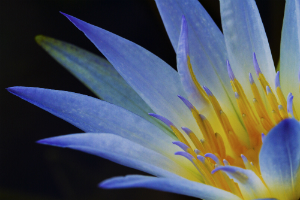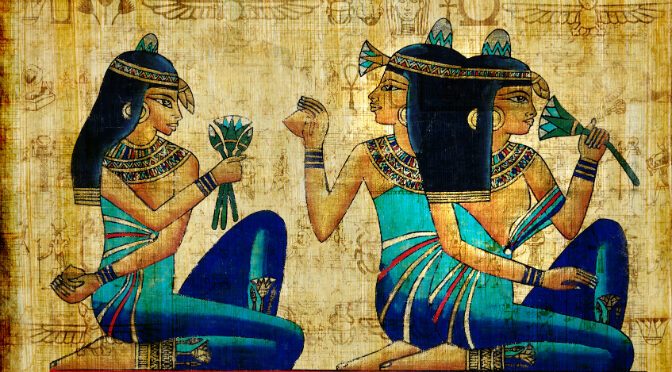There is a mysterious image that has appeared time and again in thousands upon thousands of pieces of ancient Egyptian art. The blue lotus flower looks almost fan-like across many of the images found in tomb paintings, papyrus scrolls, sculptures, and even on headdresses.
For decades it remained a mystery – what did it mean? Why was it appearing in these scenes? It seems we finally have an answer. They were getting high.
Flowers of the Gods

Though technically waterlilies, the flowers, known as blue lotuses, were very important in ancient Egyptian society.
They had godly associations, thought to be where Ra, the Sun God, went during the night, before re-appearing in the day.
This is because the flowers are closed during the night, and open again every morning (bringing the sun with them).
The flowers also symbolize the god of perfume, Nefertem. It was thought that Nefertem brought the flowers to the Sun God Ra to ease the suffering of his aging body. But how could a simple flower have such restorative powers?
Where the Flower Appears
The mythical stories surrounding the flower and its powers are just the start of its prevalence in Egyptian culture. As mentioned before, it surfaced time and time again in paintings and carvings and Egyptologists noticed a link between the scenes. This flower was incredibly sacred and prized above all other plants in ancient Egyptian culture. Continue reading











